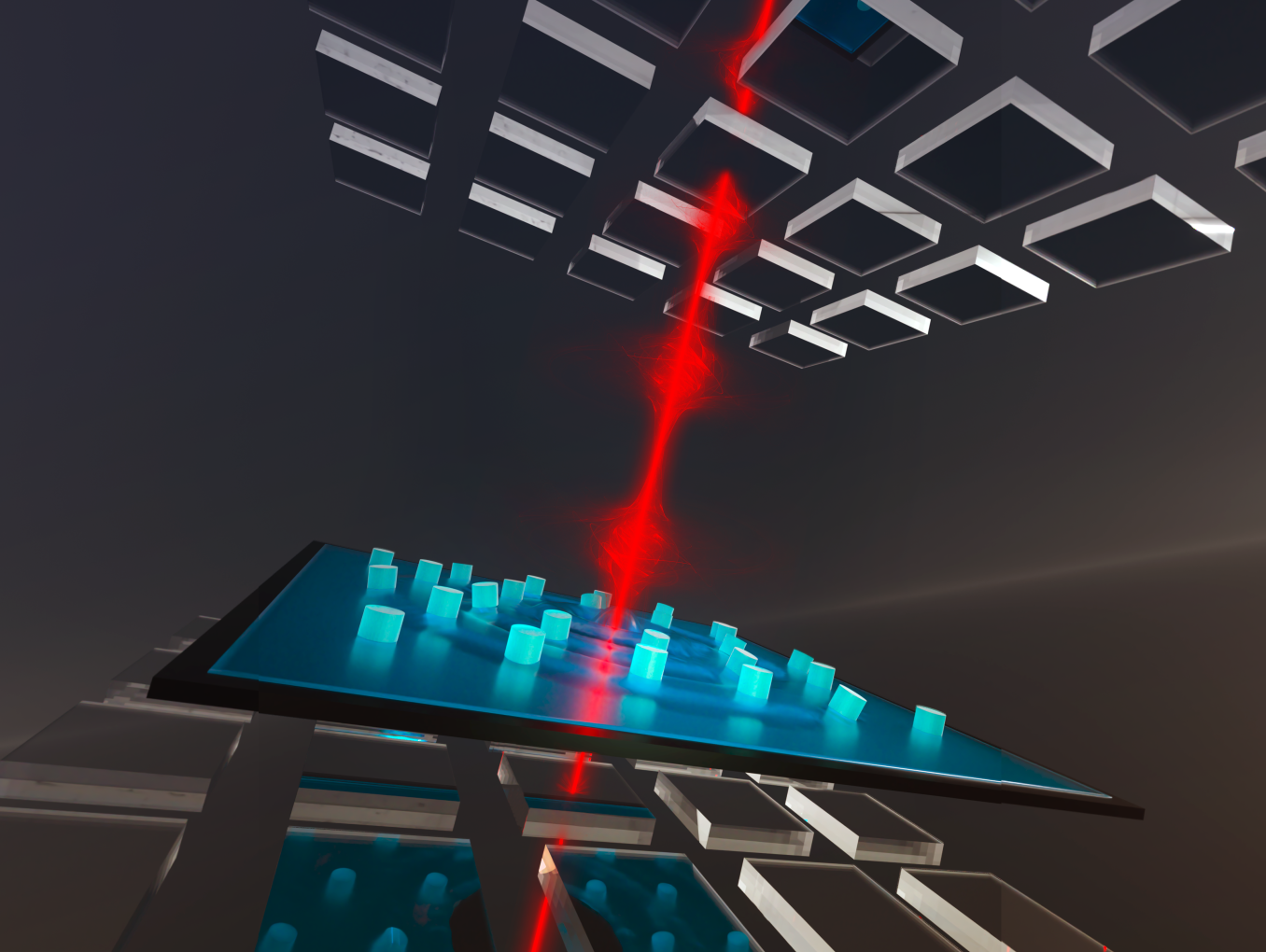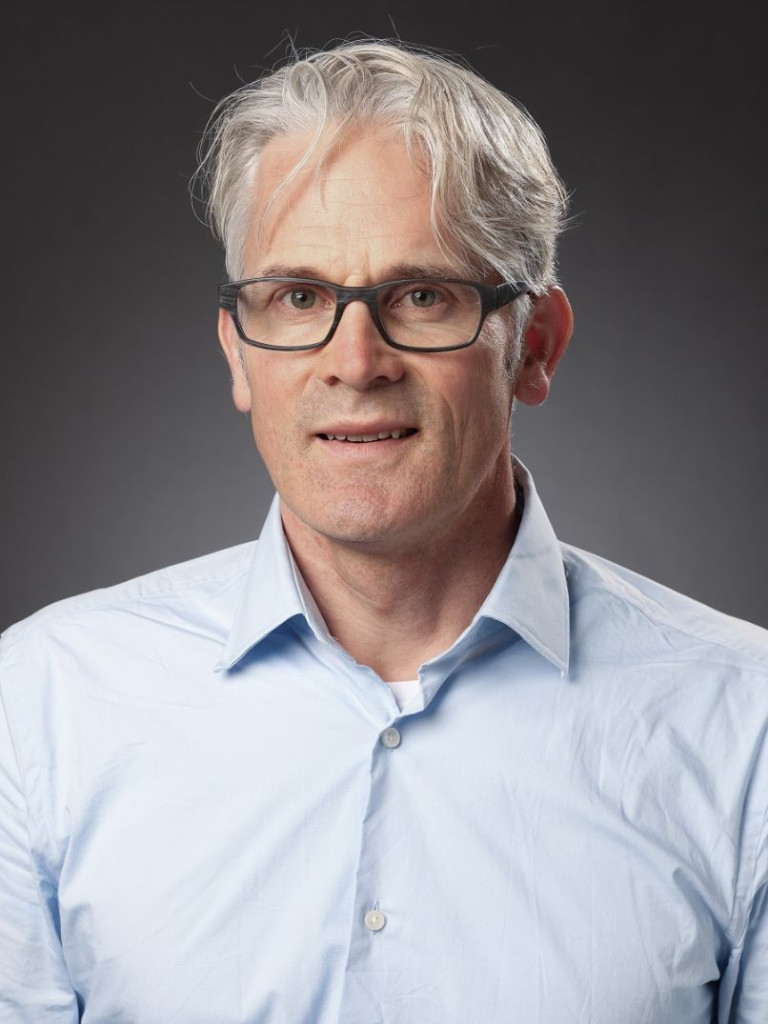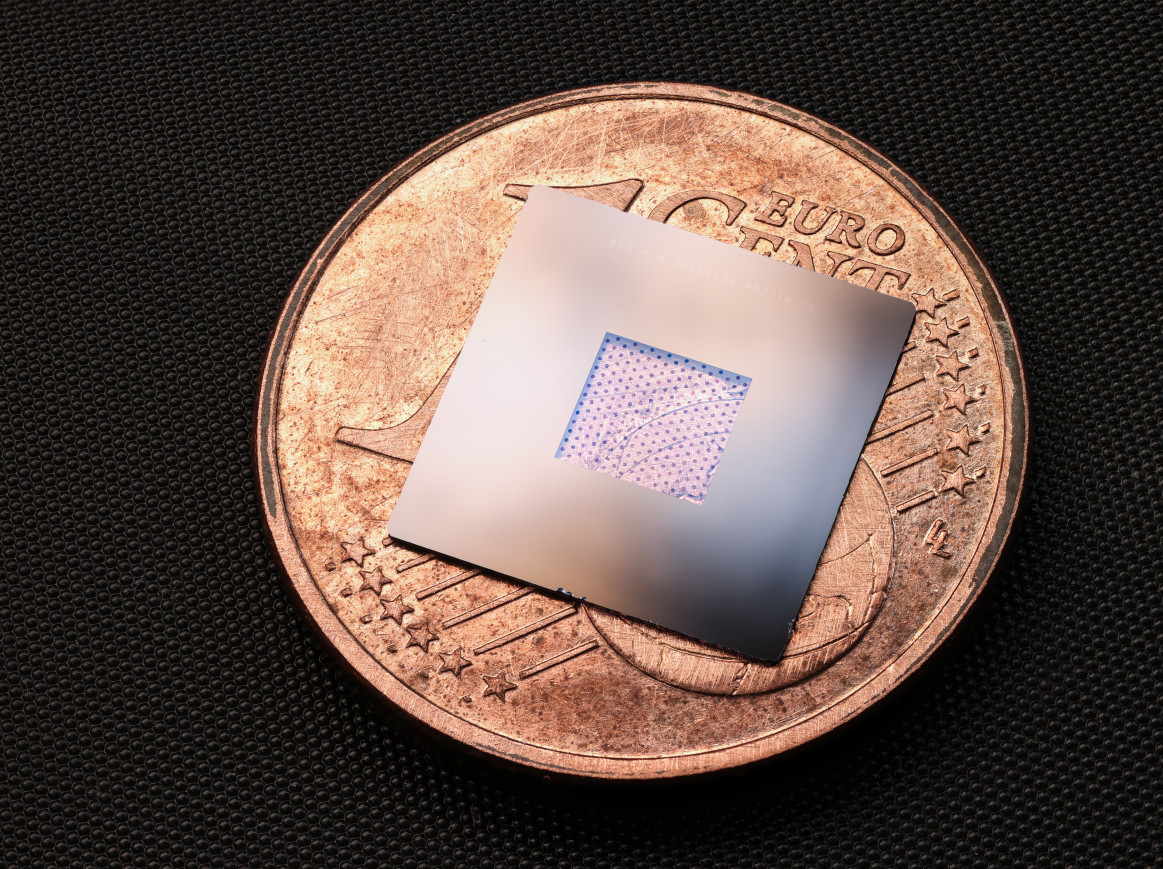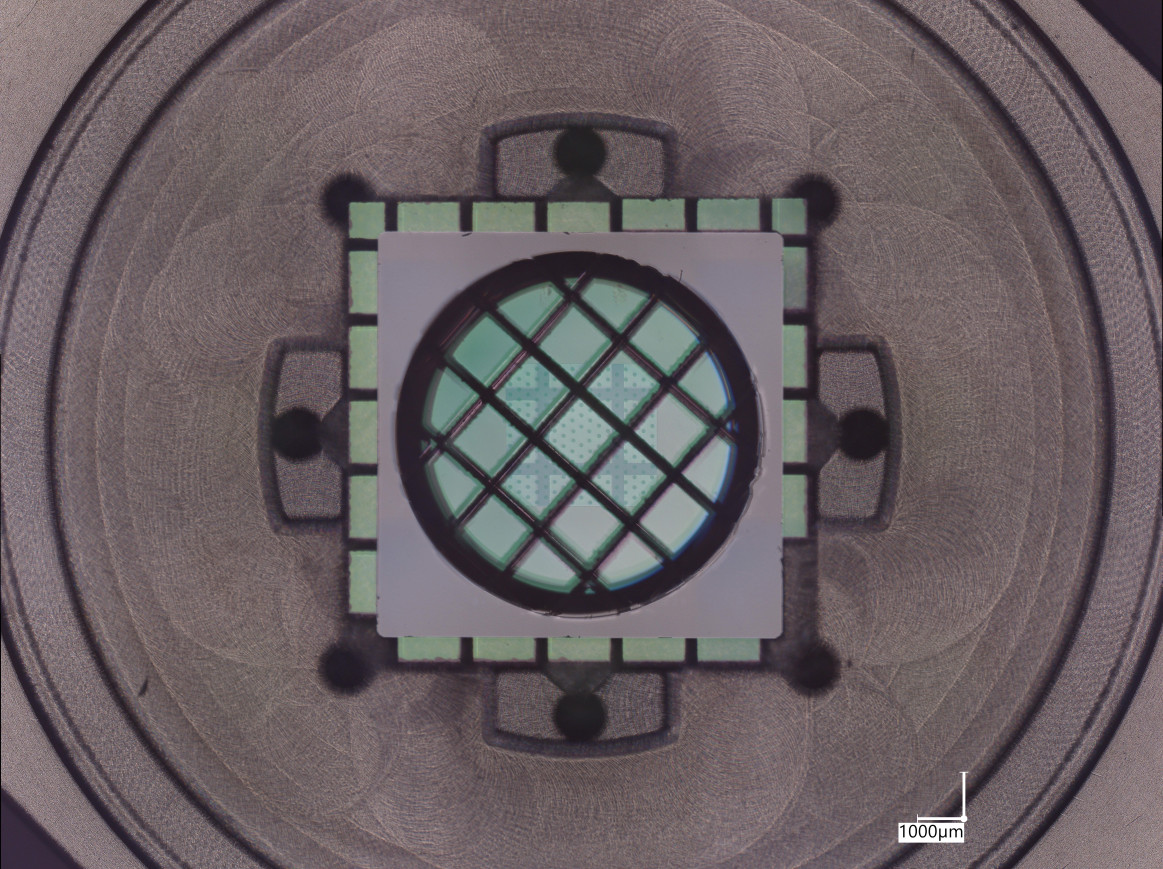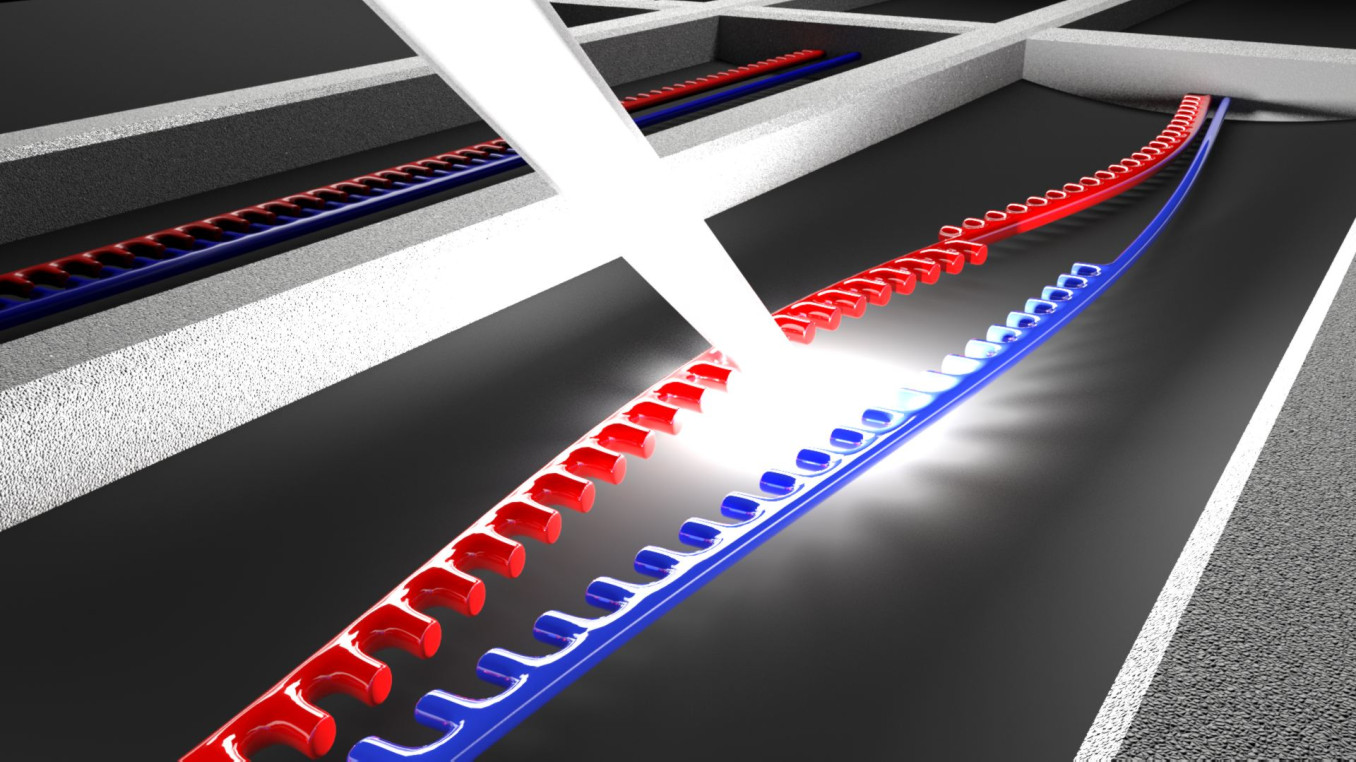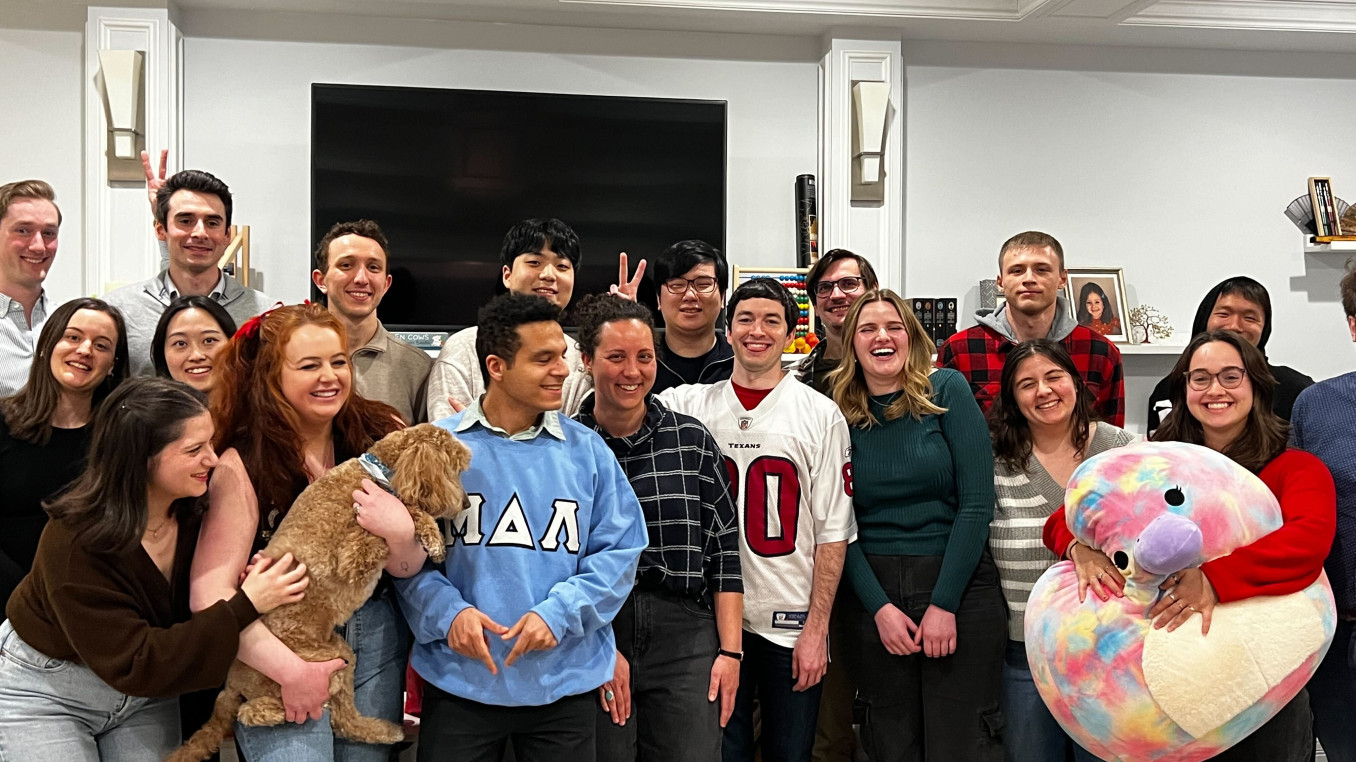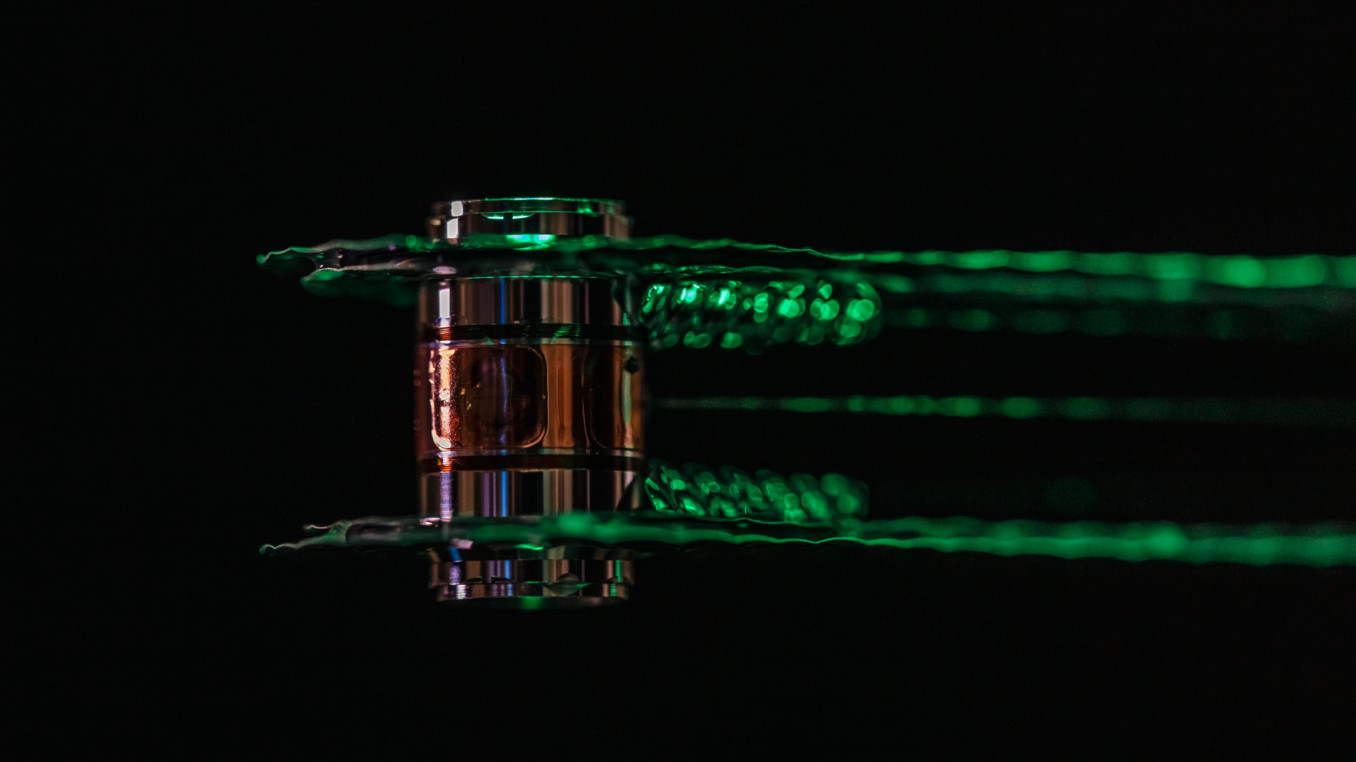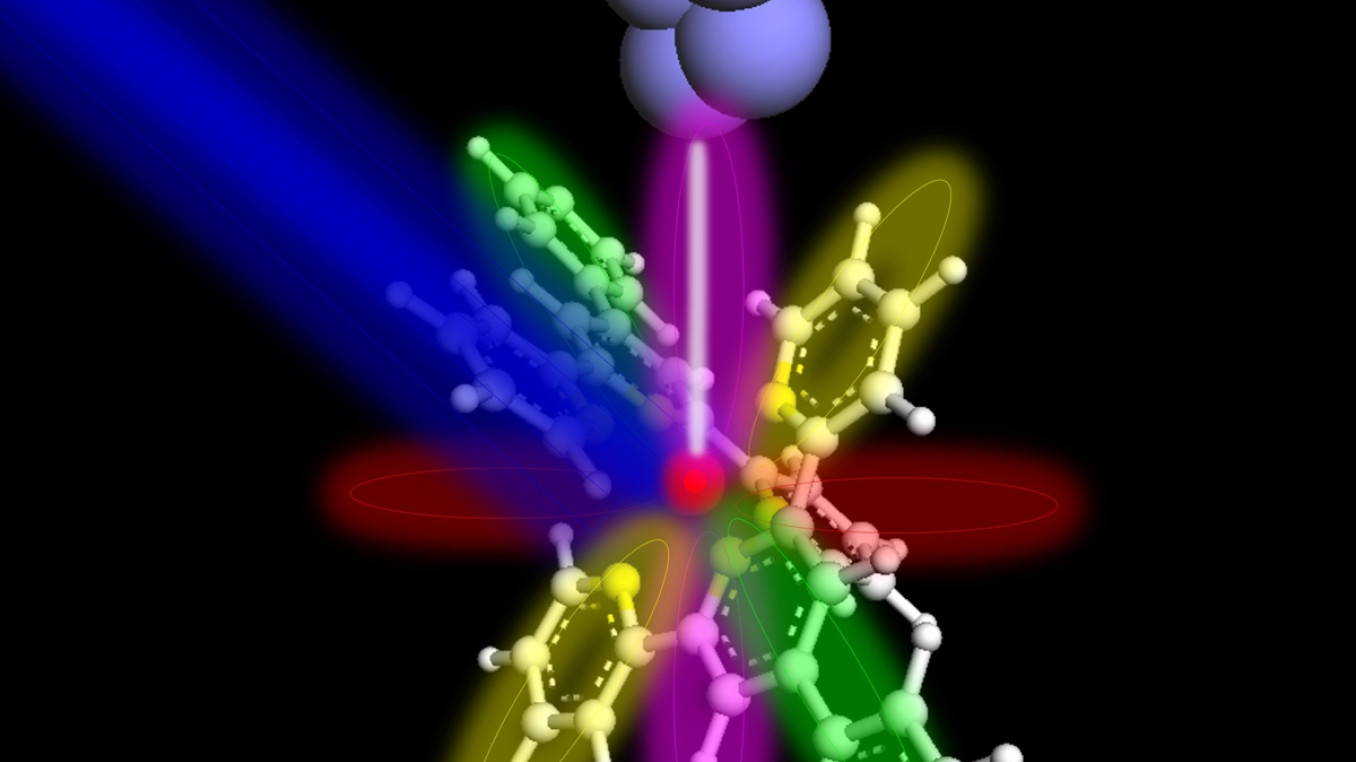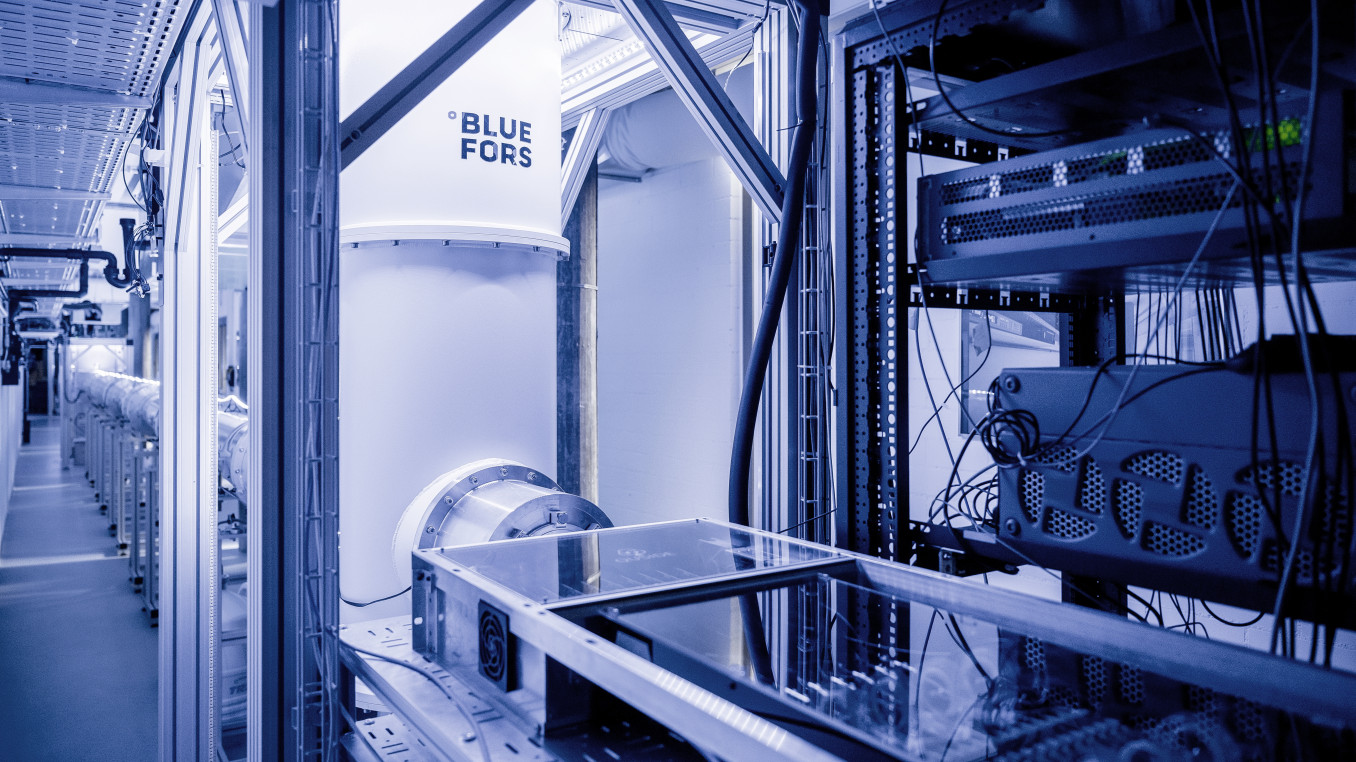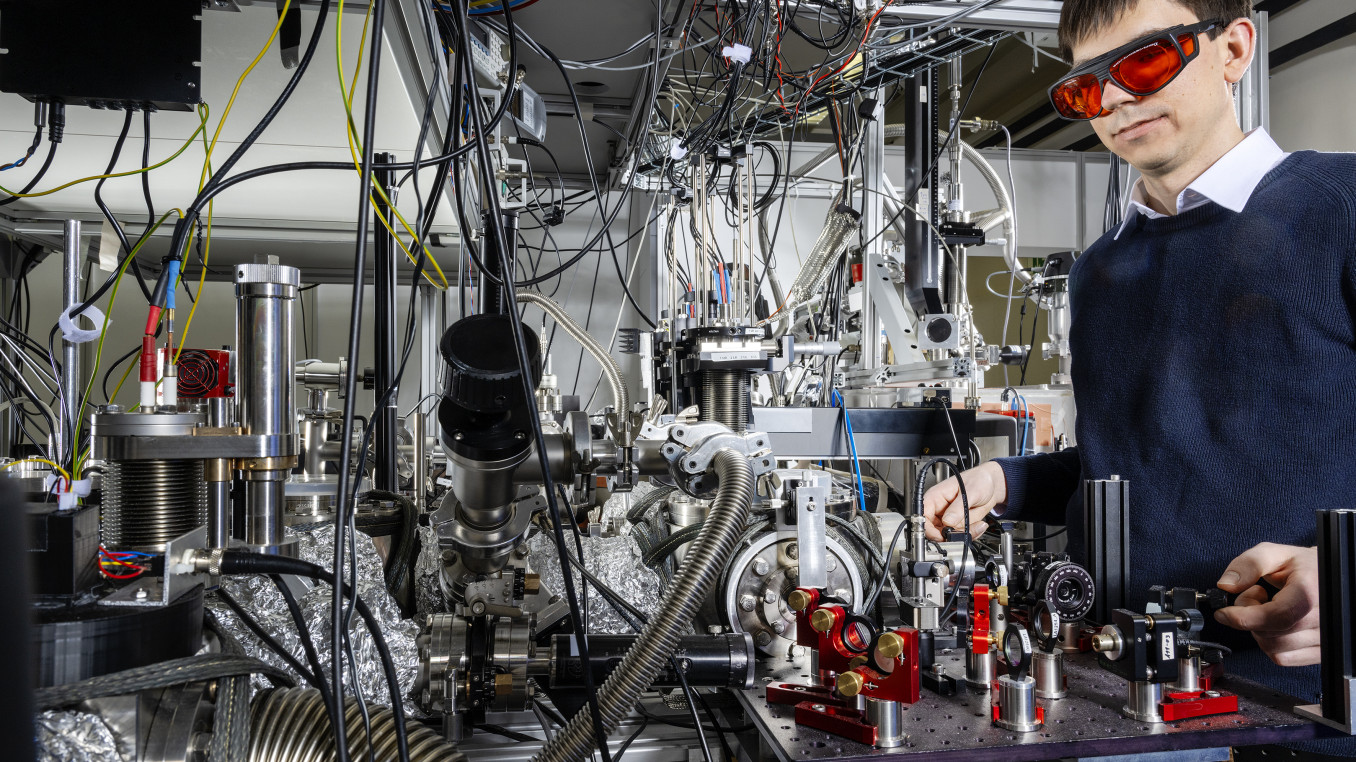Quantum Drum Vibrations: Nils Johan Engelsen's & Tobias J. Kippenberg's Pioneering Advance
Breaking the Wall of Quantum Drum Vibrations
Winner Interview 2024: Physical Sciences
Discover the revolutionary work of Nils Johan Engelsen and Tobias J. Kippenberg, who have transformed the control of nanoscale objects' motion using quantum drum vibrations at room temperature. Learn how their innovative research eliminates the need for cryogenic apparatus, paving the way for new advancements in optomechanics and sensing technologies.
Which wall does your research or project break?
Light’s radiation pressure can control the motion of micro- and nanoscale objects at the quantum level, enabling improved sensors and tests of fundamental physics in so-called optomechanical systems. To reach the ultimate performance in light-assisted control of motion, the motion of the object must be driven by the quantum fluctuations of the light field. This implies that the motion induced by the random arrival of light particles—photons—is larger than Brownian motion: all objects undergo random motion that increases with increasing temperature. Brownian motion is typically much larger than that induced by light and most optomechanics experiments so far have therefore been conducted inside cryogenic refrigerators.
In our work, we used a vibrating drum to resolve the minute forces arising from the quantum fluctuations of light at room temperature. Our research obviates the need for expensive cryogenic apparatus to conduct these experiments. This was enabled by several technological improvements we made. Firstly, we patterned mirrors to minimize disturbance of the measurement of our drum. These mirrors could potentially be used for other precision measurements that use light. Secondly, we developed a measurement scheme that eliminates an important source of disturbance which arises at room temperature. Thirdly, we created a 20-nm thick silicon nitride drum that extends over several millimeters and is suspended under high tension. This nanoscale drum can vibrate hundreds of millions of times after it is ‘struck’, showing that it is extremely well isolated from external influences, such as the Brownian forces of a room temperature environment. These drums have potential as a sensing technology and for tests of quantum mechanics.
What are the three main goals of your research or project?
Our research explores the limits on position measurements imposed by the quantum nature of light. The fact that light consists of particles places stringent limits on how accurate position measurements can be and how much the object being measured must be disturbed. Our experiment closely approaches the limits on quantum measurement placed by Heisenberg’s uncertainty principle. In this sense, our system encapsulates the Heisenberg microscope—a celebrated thought experiment in the early days of quantum mechanics. When our system operates in this regime, we see that the quantum fluctuations of light are reduced due to the interaction between light and motion. This is a clear signature that the system is operating in the quantum regime.
Reaching the quantum regime is just the starting point for further exploration. The next step is to use our quantum-limited measurement of motion to prepare the drum in the quantum mechanical ground state. A long term goal of our research is to prepare more exotic quantum states of macroscopic objects to explore the boundary between classical physics and quantum physics and even the interplay between quantum physics and gravity. We believe that this recent experiment is a step in this direction by easing experimental complexity by removing the need for a cryostat.
On the more applied side, mechanical resonators are extremely sensitive to small forces, accelerations and rotations and can be modified to sense electrical and magnetic fields. Room-temperature operation is the first step to bringing quantum-limited performance out of the laboratory.
What advice would you give to young scientists or students interested in pursuing a career in research, or to your younger self starting in science?
All scientists want to work on big and important questions, but I think a tacit part of doing science is that you must enjoy the work itself. To maintain the motivation and discipline required to do research, it is important to find satisfaction in the hundreds of parts you craft to create the beautiful whole that produces new understanding. I would therefore encourage young scientists to find a field of research where they are both motivated by the larger goals and enjoy the nuts and bolts of actually doing it.
For me, the joy of solving everyday problems in the lab or finding a new way of doing something small is what keeps me going. In some sense being an experimental physicist means you must be a jack-of-all-trades and dabble in electrical and mechanical engineering, or even plumbing. To get the experiment to behave in precisely the way you want, you must understand and control every other aspect of the apparatus. Now that I am taking a more senior role, I am trying to transfer that joy in craftsmanship to the next generation of physicists.
What inspired you to be in the profession you are today?
In the beginning I was driven by the gratification in building experiments and now in addition to that I really enjoy the interactions with all the brilliant people I work with.
What is one surprising fact about your research or project that people might not know?
The final piece of the puzzle - the method for patterning our mirrors - came completely serendipitously. We originally cut the mirrors for a completely different purpose and realized it could also be used to eliminate mirror vibrations.
What’s the most exciting moment you've experienced over the course of your research or project?
The moment we saw reduction of the quantum noise of light was the most exciting by far. There were many times I doubted it would ever work, but at that moment I knew that our five years of work were not in vain.
